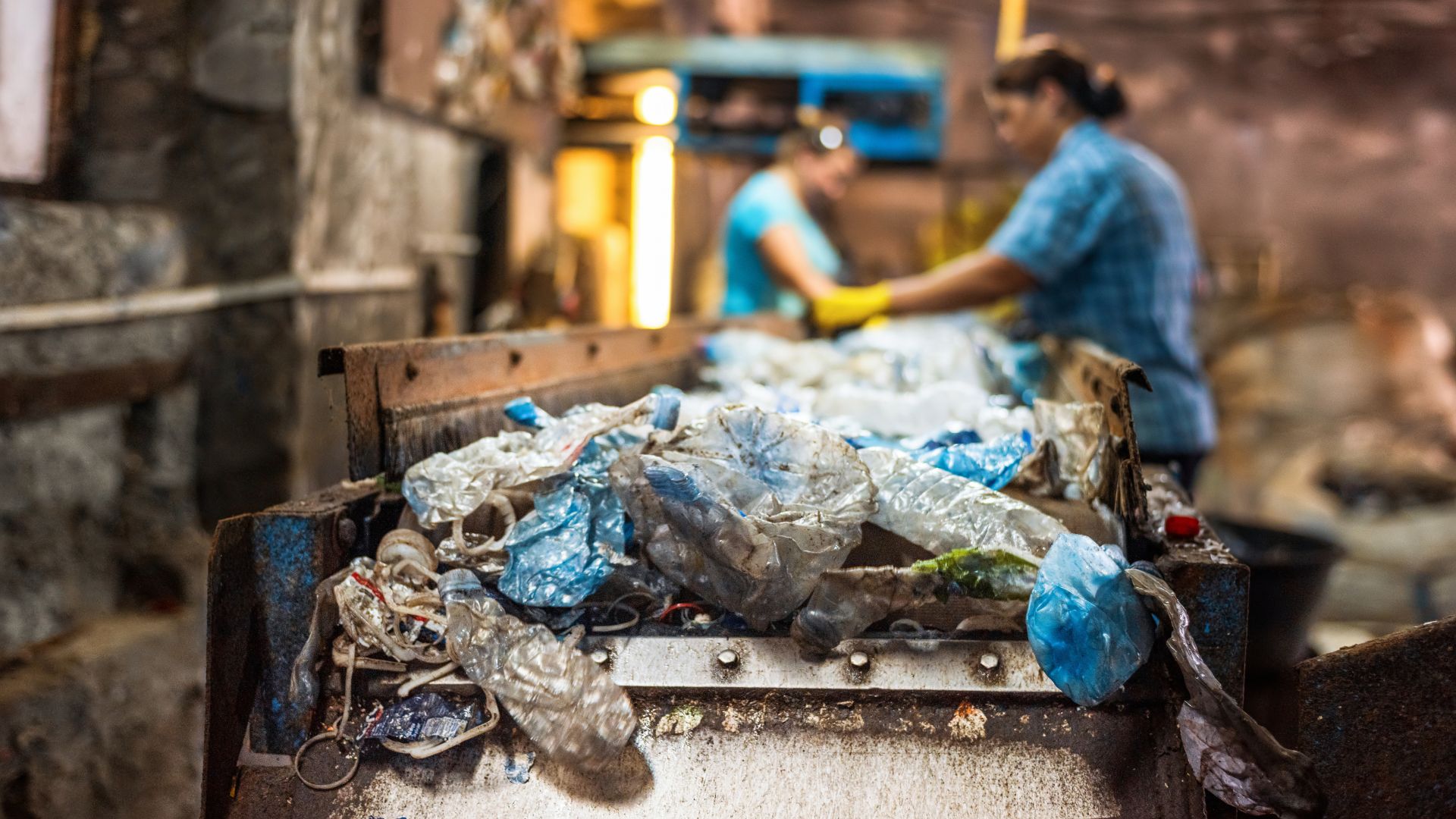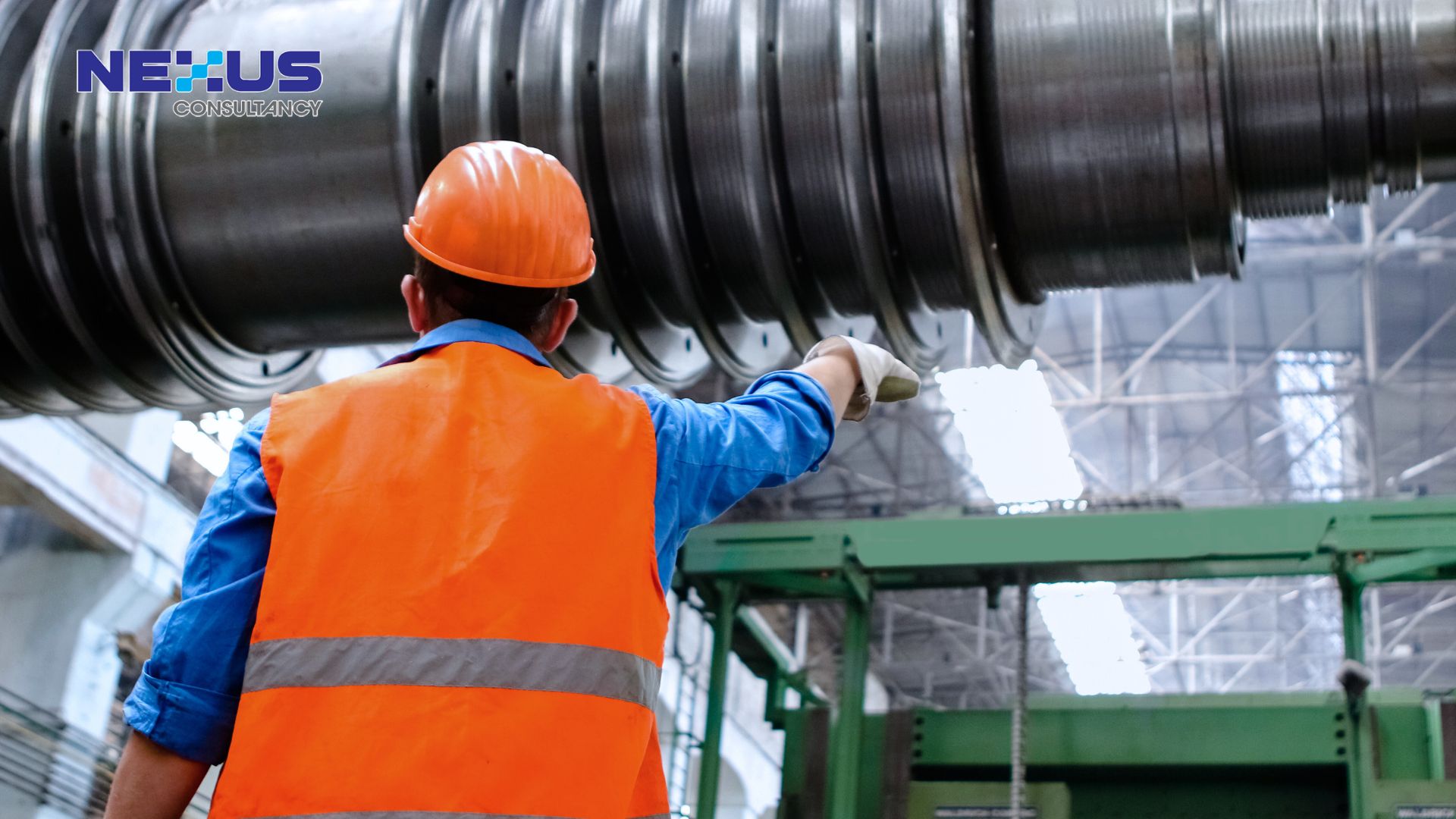
Danielle Tan
Chief Operating Officer
Learn about the sources, types of waste, and effective waste management strategies to reduce emissions and promote sustainability

The accumulation and mismanagement of waste are critical environmental issues, contributing significantly to the production of greenhouse gases (GHGs) and, consequently, to global climate change. Understanding how waste contributes to GHG emissions is essential for developing strategies to mitigate these effects and transition towards a more sustainable future.
The Link Between Waste and Greenhouse Gases
When waste is disposed of improperly, it can release several types of greenhouse gases, including methane (CH4), carbon dioxide (CO2), and nitrous oxide (N2O). These gases vary in their global warming potential (GWP), with methane being particularly potent. Methane has a GWP of approximately 28-36 times that of CO2 over a 100-year period, making it a critical target for emissions reduction efforts.
Landfills: Major Sources of Methane
One of the primary sources of methane emissions from waste is landfills. When organic waste, such as food scraps, paper, and yard trimmings, decomposes anaerobically (without oxygen), it produces methane. Landfills, especially those without proper gas capture systems, emit significant quantities of methane into the atmosphere.
Modern landfills are designed to mitigate this impact by capturing landfill gas (LFG), which consists of roughly 50% methane and 50% CO2. This gas can be flared (burned off) or utilized to generate electricity. Despite these efforts, many older and improperly managed landfills continue to be major methane emitters.

Wastewater Treatment and Methane Production
Wastewater treatment plants (WWTPs) are another significant source of methane. Organic materials in wastewater can undergo anaerobic digestion, leading to methane production. While advanced WWTPs capture and utilize methane for energy, many systems, especially in developing regions, lack such technology, leading to methane emissions directly into the atmosphere.
Open Burning of Waste
In many parts of the world, open burning of waste is a common disposal method. This practice releases a mix of harmful pollutants, including CO2, methane, and black carbon. Black carbon, a particulate matter, has a strong warming effect as it absorbs sunlight and heats the atmosphere. It also settles on ice and snow, reducing their reflectivity and accelerating melting, contributing further to global warming.
Industrial Waste and CO2 Emissions
The treatment and disposal of industrial waste can also lead to significant GHG emissions. Many industrial processes generate CO2 as a byproduct. For example, the production of cement, steel, and chemicals often involves the burning of fossil fuels and the release of CO2. Additionally, the disposal of industrial waste often involves energy-intensive processes that contribute to CO2 emissions.
Organic Waste and Nitrous Oxide
Organic waste, particularly from agricultural sources, can produce nitrous oxide (N2O), another potent greenhouse gas. When organic material is broken down by microbes in the soil, N2O can be released, especially in conditions of high nitrogen content and low oxygen availability. Improper management of agricultural waste, such as manure, can thus lead to substantial N2O emissions.
Mitigating Waste-Related Greenhouse Gas Emissions
Mitigating GHG emissions from waste involves a combination of strategies:
- Waste Reduction: Reducing the amount of waste generated in the first place is the most effective way to reduce emissions. This can be achieved through improved product design, consumer education, and waste prevention policies.
- Recycling and Composting: Recycling reduces the need for new raw materials and the energy required to produce them, thus lowering CO2 emissions. Composting organic waste prevents methane formation in landfills and produces valuable soil amendments that can enhance soil health.
- Energy Recovery: Capturing and utilizing landfill gas and methane from wastewater treatment plants for energy can significantly reduce methane emissions. Waste-to-energy (WTE) plants can convert waste materials into electricity or heat, reducing reliance on fossil fuels.
- Improved Waste Management Practices: Upgrading waste management infrastructure to include advanced recycling, composting, and methane capture technologies is crucial. This includes retrofitting older landfills with gas capture systems and promoting the development of modern WWTPs with methane recovery capabilities.
- Policy and Regulation: Strong regulatory frameworks and policies are necessary to ensure proper waste management and GHG reduction. This includes enforcing limits on landfill methane emissions, promoting recycling and composting, and incentivizing the development of WTE facilities.

Conclusion
Waste contributes significantly to greenhouse gas emissions, primarily through the production of methane, carbon dioxide, and nitrous oxide. Addressing this issue requires a comprehensive approach that includes waste reduction, improved waste management practices, and the adoption of advanced technologies for methane capture and energy recovery. By implementing these strategies, we can mitigate the environmental impact of waste and make significant strides in combating global climate change.
Curious to learn how to manage your waste and contribute to a healthier earth? Get in touch with us now for more information.






